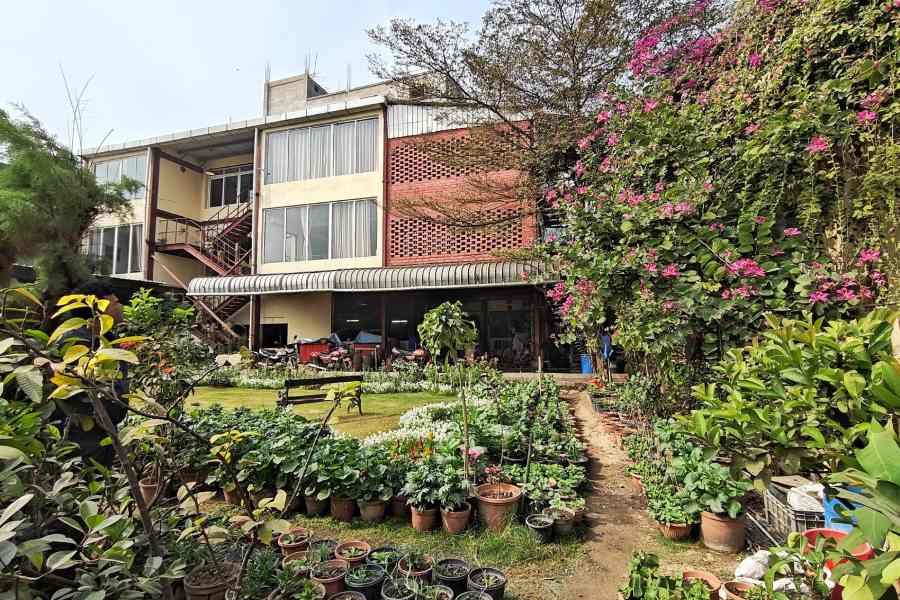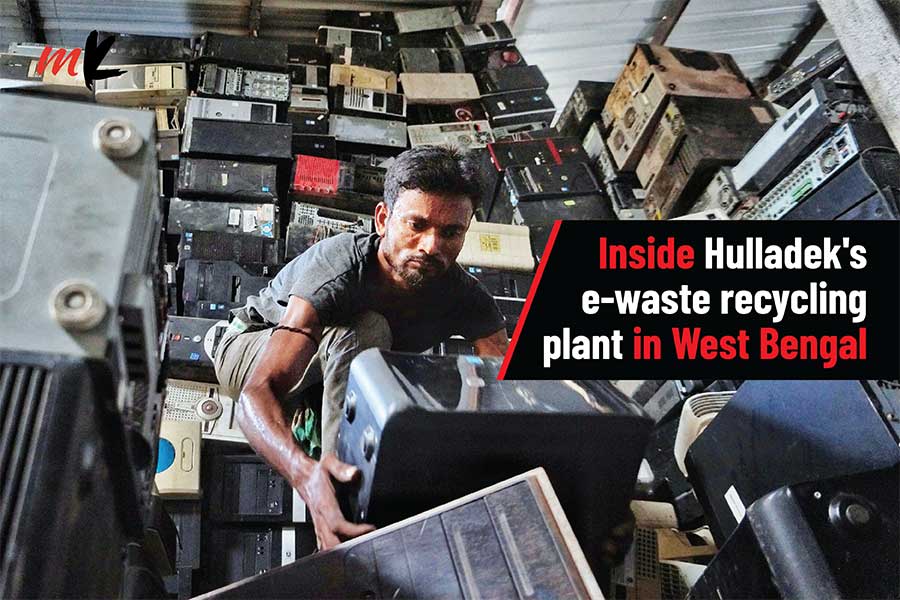In the late 1980s, when the Jalan Industrial Complex was first developed in Domjur, Howrah, it was a milestone for private industrial infrastructure in the state. Spread across five square kilometres, it soon became home to over 500 factories. But, there was one thing missing.
By the time Eastern Copper Manufacturing Co. Pvt. Ltd. arrived in the complex in 1998, the land had already lost its natural green cover. “It was just barren concrete,” recalls Ravi Choudhary, who runs the factory. “When agricultural land is developed, nature often takes a backseat. But deep down, we knew that we wanted to restore greenery to this industrial hub.”
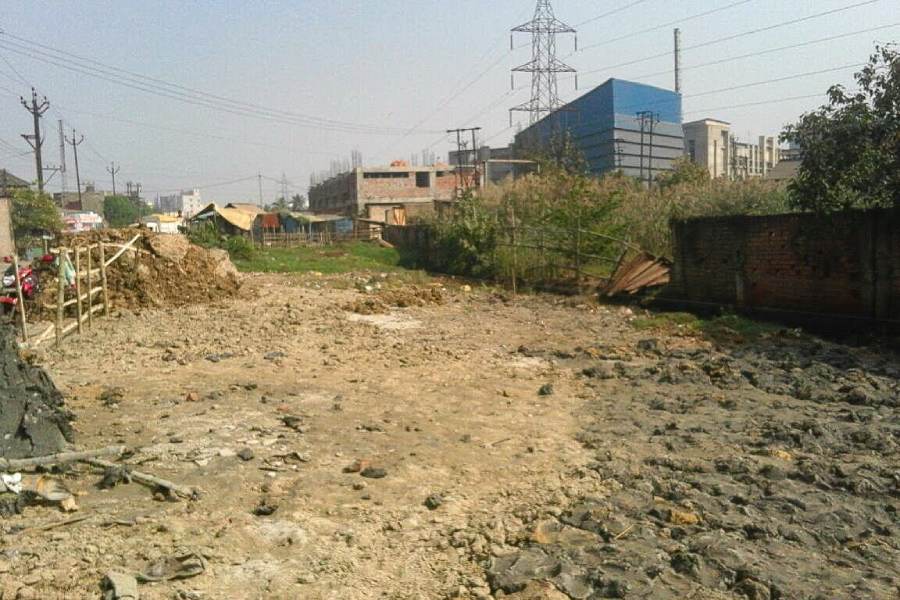
Until 2008, the complex was a barren stretch of concrete, with large parts of it becoming a dumping ground Ravi Choudhary
Ravi’s motivation came from a profound love for plants, the seeds for which were sown in his childhood by his grandfather. “Growing up, I would watch him tend to his sprawling garden in our Howrah home. After he passed away, I started caring for it, and the love for greenery hasn’t left since.”
In 2005, Ravi helped form a welfare society for the members of Jalan Industrial Complex, a committee within the complex to address local issues like roadways, drainage, lighting and security. He decided to use the platform to draw attention to one issue that had since been neglected. The committee agreed that the complex couldn’t remain ‘barren concrete’ anymore.
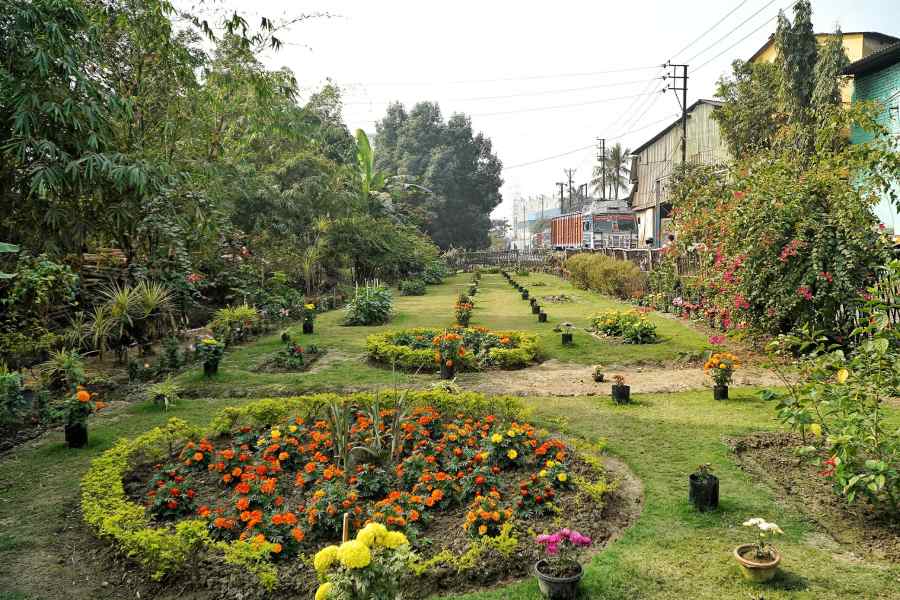
In just a decade, the 5km stretch has over 10,000 trees Soumyajit Dey
Determined to bring back this lost greenery, the committee began planting trees along the lanes, bylanes, and sidewalks. “In 2008, we started by planting 500 trees. Soon, this grew to 1,000. We even offered plants free of cost to people, encouraging them to plant them in empty spaces near their units, but no one seemed interested,” Ravi adds.
Seeing the lack of participation, the committee decided to take matters into their own hands. “Wherever we found space, we planted. Several abandoned areas in the complex had turned into dump yards. We cleaned them and turned them into gardens!” he beams.
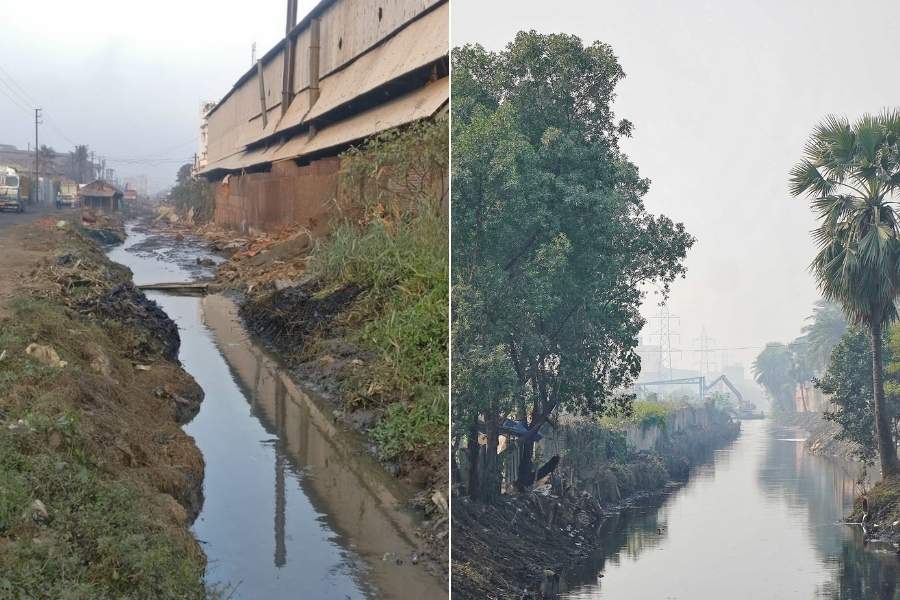
Before and after: The trees provide the added benefit of giving shade the walkers, reducing the temperature and mitigating pollution Ravi Choudhary; Soumyajit Dey
Over the past decade, their efforts have transformed this stretch into a lush, green haven that almost doesn’t look industrial. “There are over 10,000 plants here today of 20 different types, including gondhoraj, jacaranda, Buddha Bamboo, kanchan, and bokul.”
The impact goes beyond aesthetics. The roads are lined with greenery, creating a more inviting look and feel. “Many factory workers used to struggle with the unbearable heat. The trees now provide shade and respite. The temperature is noticeably lower, and the green cover has also mitigated the pollution to some extent,” Ravi shares.
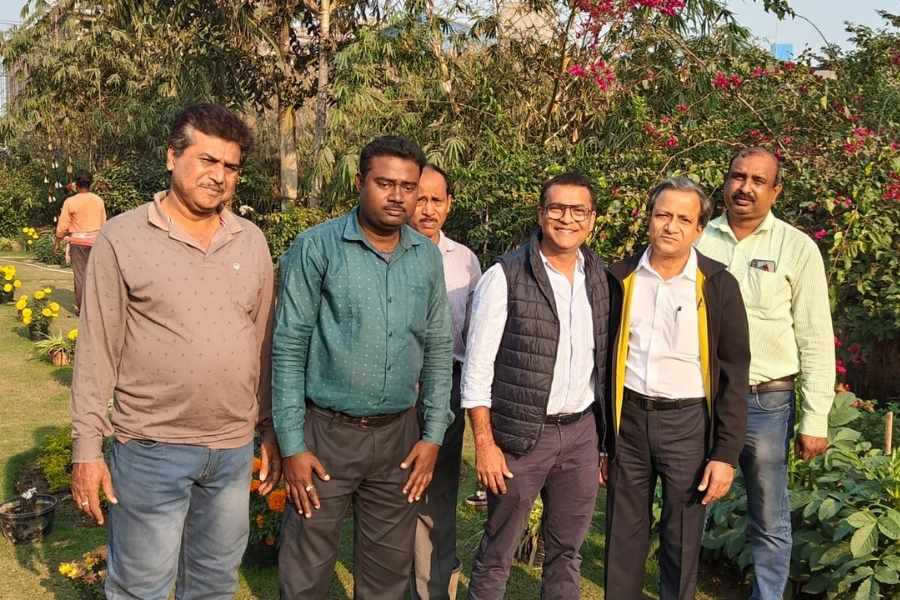
The transformation has been made possible by an independent committee, which decided to make a change of their own accord Ravi Choudhary
Jalan Industrial Complex’s story is one of inspiration, not only for what it has achieved, but how it has done so. The initiative has been purely driven by passion, with no large-scale funding involved. While the committee does collect tolls from heavy vehicles for maintenance, they largely sustain it by themselves.
However, the job is only half done. Ravi dreams of planting another 10,000 trees, and filling each empty spot in the complex with a plant. He believes that Jalan Industrial Complexes can become a model for spaces across the country, beckoning them to live life beyond machines. “The best part is, you don’t need a lot of money to do something like this. All you need is intent and heart, and the trees will plant themselves!”
